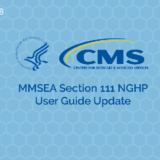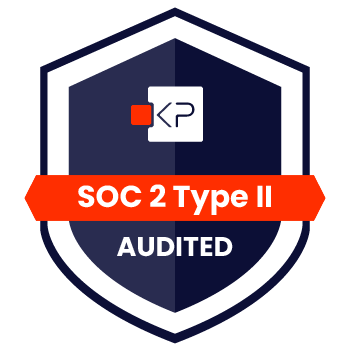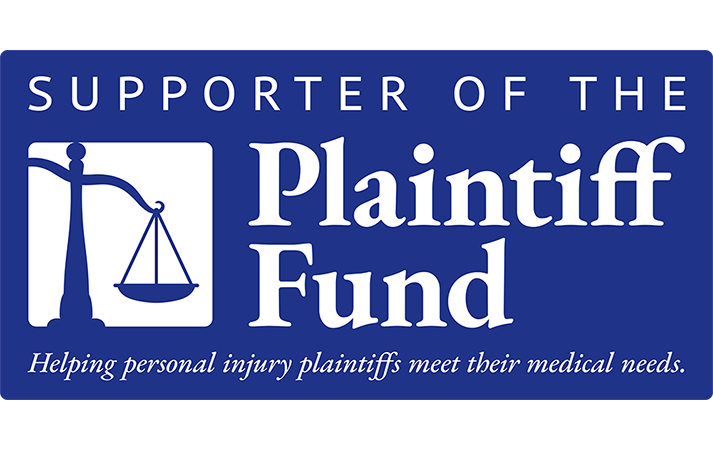On September 13th 2023, the Centers for Medicare & Medicaid Services (CMS) announced an upcoming increase to the maximum settlement amount for the Fixed Percentage Demand Calculation Option.
When settling a liability or workers’ compensation case, a beneficiary, or their attorney (or other representative) may request that Medicare’s demand amount be calculated using the Fixed Percentage Option. Currently the total settlement amount for the Fixed Percentage Option cannot exceed $5,000. Effective October 2, 2023, the maximum settlement amount will be raised to $10,000.
What is the Fixed Percentage Option?
The Fixed Percentage Option offers a simple, straightforward process to obtain the amount due to Medicare. It eliminates time and resources typically associated with the Medicare Secondary Payer (MSP) recovery process since you will not have to wait for Medicare to determine the conditional payment amount prior to settlement. The Fixed Percentage Option may be elected, if the following eligibility criteria are met:
-
-
- The liability insurance (including self-insurance) settlement, judgment, award or other payment is related to an alleged physical trauma- based incident and;
- The total settlement is for $5,000 (Note this amount will be raised to $10,000, effective October 2, 2023) or less.
- You elect the option within the required timeframe and Medicare has not issued a demand letter or other request for reimbursement related to the incident.
- You have not received and do not expect to receive any other settlements, judgments, awards, or other payments related to the incident.
-
For More Information
For additional information on the Fixed Percentage Option, please see the Fixed Percentage Option Presentation and the Fixed Percentage Model Language at CMS.Gov and consult the Downloads Section. To learn more about protecting the medical portion of your clients’ workers’ compensation and liability settlements, contact Medivest about Medicare Set-Aside Professional Administration.








